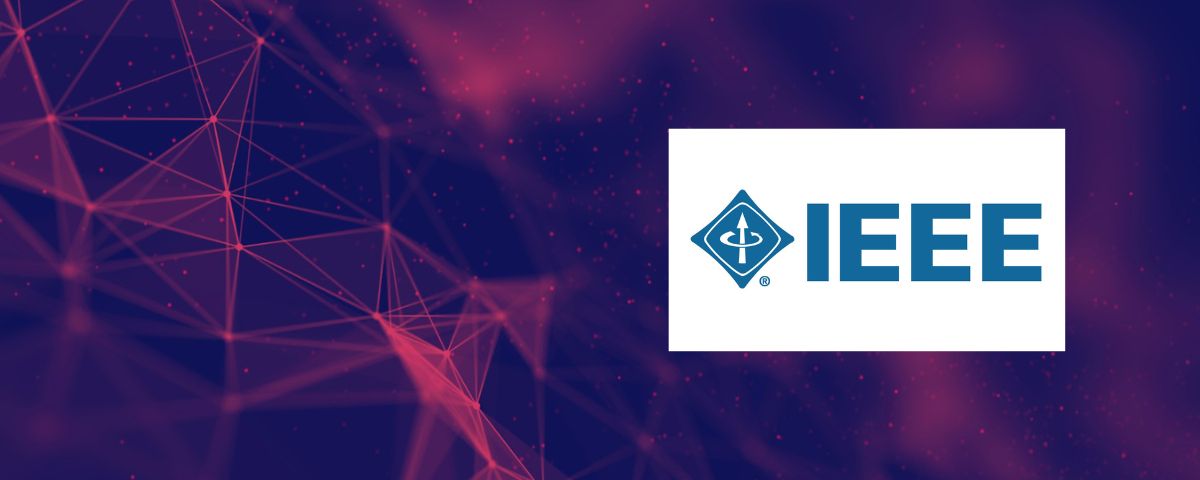
Telecom engineers and researchers often face significant challenges when testing their 5G and 6G prototypes, primarily due to the difficulty in finding suitable testbeds that can run experiments with new hardware and software. Traditional experimentation platforms that mimic real-world conditions can be expensive, have time limitations, or be restricted to specific companies and technologies.
To address these barriers, the new IEEE 5G/6G Innovation Testbed has been introduced. Developed by IEEE, this platform allows users to test 5G enhancements, run trials for future 6G functions, and test updates for converged networks without additional costs. Telecom operators, application developers, researchers, educators, and vendors from any industry can utilize this virtual testbed.
“The IEEE 5G/6G Innovation Testbed creates an environment where industry can break new ground and work together to develop the next generation of technology innovations,” said Anwer Al-Dulaimi, co-chair of the IEEE 5G/6G Innovation Testbed working group and senior strategy manager of connectivity and Industry 4.0 for Veltris.
Launched this year with support from AT&T, Exfo, Eurecom, Veltris, VMWare, and Tech Mahindra, the subscription-based testbed is available exclusively to organizations. Each customer receives a private, secure session of the cloud-based testing platform and can add new users.
Diverse Architectures and Experiments
The cloud-based nature of the testbed eliminates the need for physical travel and hardware connections, allowing companies and research facilities to access the platform remotely. Users can upload their own software components for testing.
The testbed supports a variety of experiments, including:
– Voice and video call emulation
– Authentication and encryption impact evaluation across different 5G platforms
– Network slicing
– Denial-of-service attacks and interoperability and overload incidents
– Verifying the functionality, compatibility, and interoperability of products
– Assessing conformity of networks, components, and products
It also offers an end-to-end 5G network emulation compliant with the 3rd Generation Partnership Program (3GPP) standards. Other supported architectures include multi-access edge computing for reduced latency, physical layer testing via 5G access points and phones, and Open RAN (radio access network) environments for flexible hardware and software integration.
“IEEE 5G/6G Innovation Testbed provides a unique platform for service providers and various vertical industries—including defense, homeland security, agriculture, and automotive—to experiment with advanced 5G technologies like ultra-low latency, machine-to-machine communications, and massive broadband to address their pain points,” said IEEE Fellow Ashutosh Dutta, co-chair of the working group and chief 5G strategist at Johns Hopkins University Applied Physics Laboratory.
Future Developments and Educational Benefits
The testbed group plans to release a new graphical user interface and a test orchestration tool containing hundreds of plug-and-play test cases to help customers quickly determine the functionality of their prototypes. These proofs of concept will help advance existing standards, create new ones, and expedite the deployment of 5G and 6G technologies.
The IEEE 5G/6G testbed is also valuable for academics, researchers, and R&D labs, helping to bridge the gap between theory and practice. Students worldwide can gain hands-on experience using the testbed as part of their coursework.
Partnership with Major Telecom Companies
Recently, the IEEE 5G/6G Innovation Testbed joined the Acceleration of Compatibility and Commercialization for Open RAN Deployments (ACCORD) project, a public-private consortium including AT&T, Verizon, Virginia Tech, and the University of Texas at Dallas. Funded by the U.S. Department of Commerce’s National Telecommunications and Information Administration, this initiative focuses on expanding broadband internet access and adoption throughout the country.
“The 3GPP-compliant end-to-end 5G network is built with a suite of open-source modules, allowing companies to customize the network architecture and tailor their testbed environment according to their needs,” Al-Dulaimi explained.
The IEEE 5G/6G Innovation Testbed, made possible with a grant from the IEEE New Initiatives Committee, represents a significant advancement in testing infrastructure, providing invaluable support for the development and deployment of next-generation telecommunications technologies.



